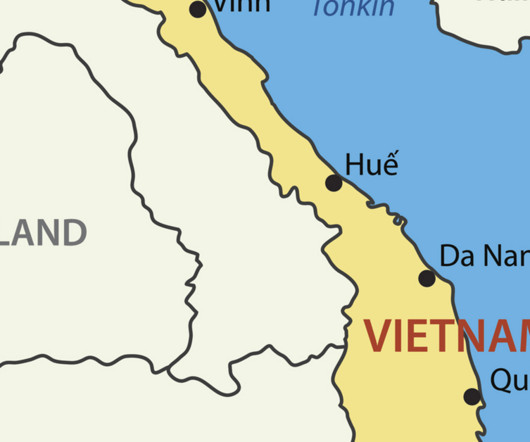Petrovietnam, JV Partners Sign PSC for Vietnam Block
Rigzone
JUNE 27, 2025
Image by pavalena via iStock Vietnam Oil and Gas Group (Petrovietnam) and its joint venture partners have signed a product sharing contract (PSC) for Block 15-1 on the southern continental shelf of Vietnam. percent, Korea National Oil Corporation (KNOC) holds 11.4 percent, SK Group holds 7.2 percent, and Geopetrol holds 2.6












Let's personalize your content